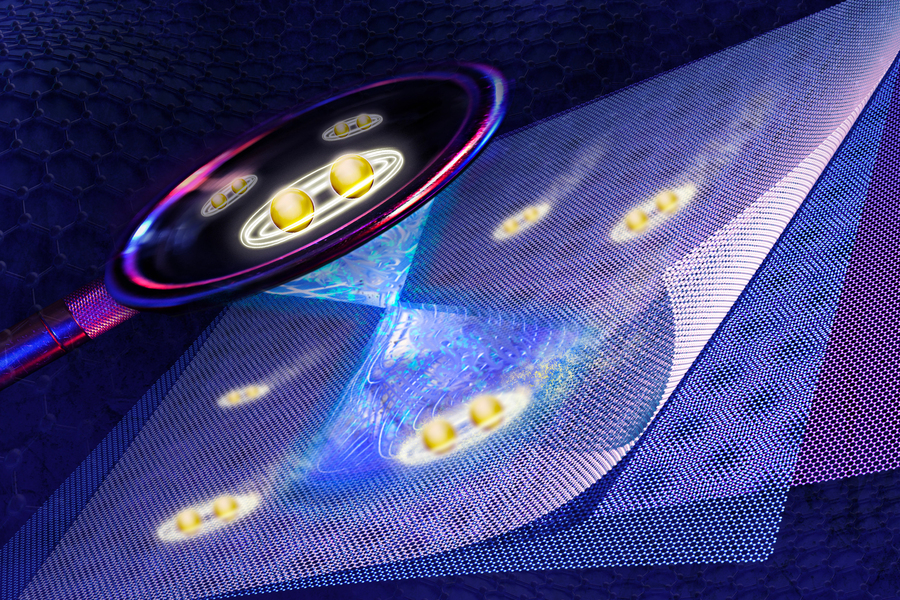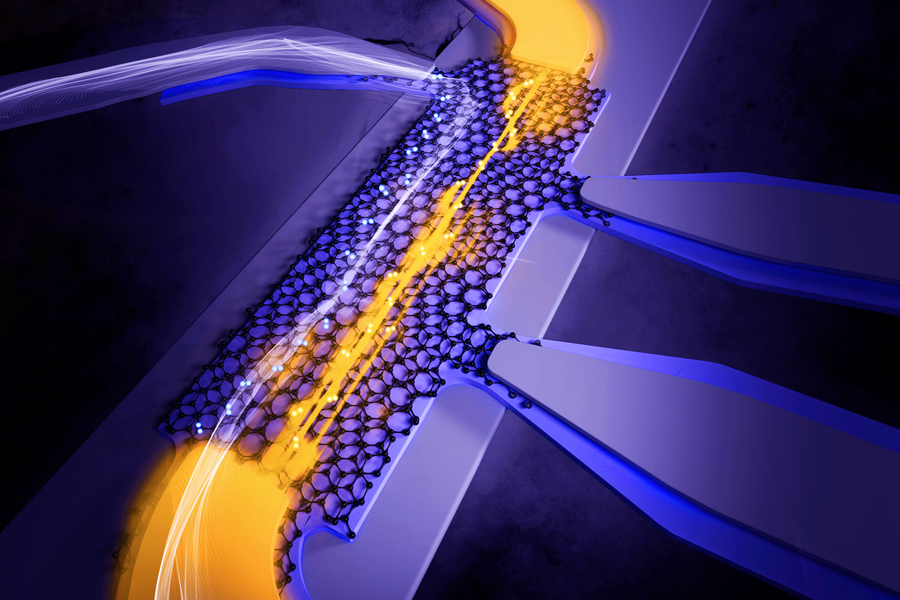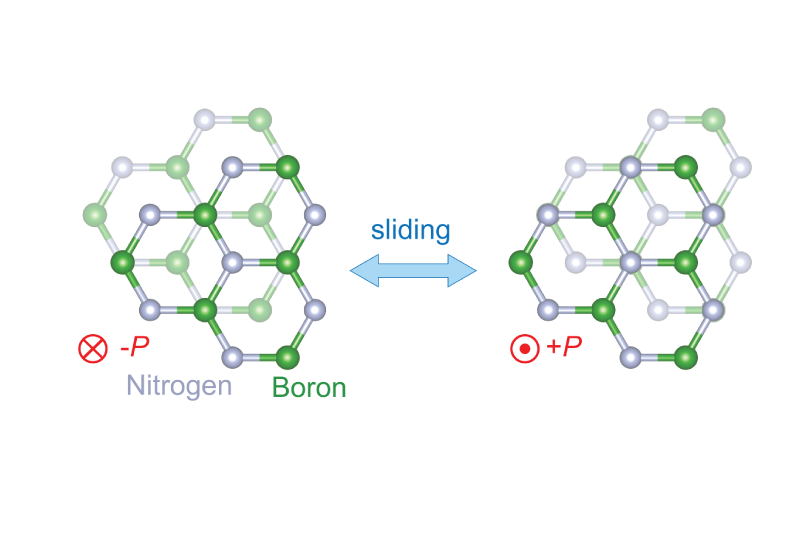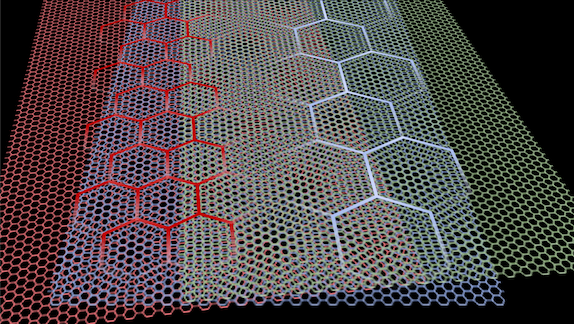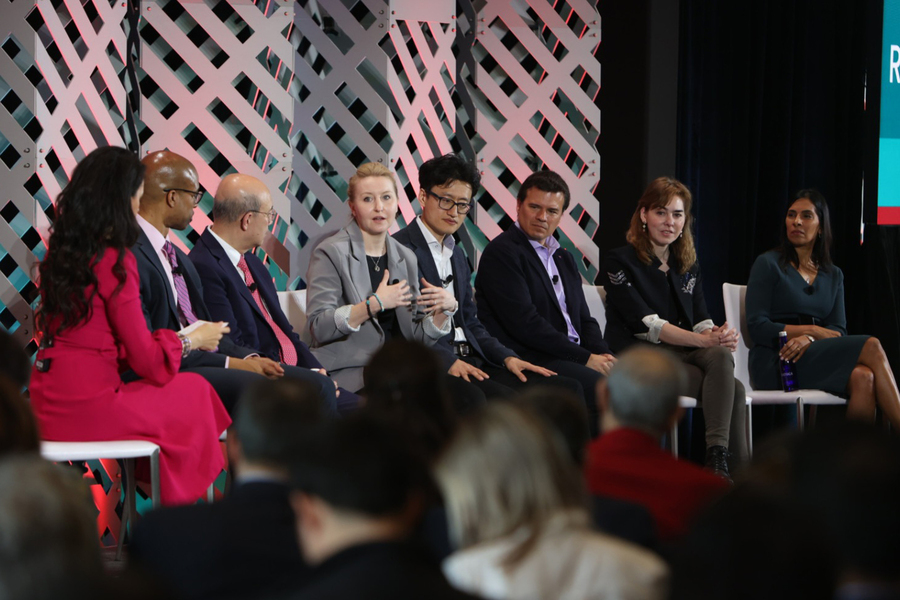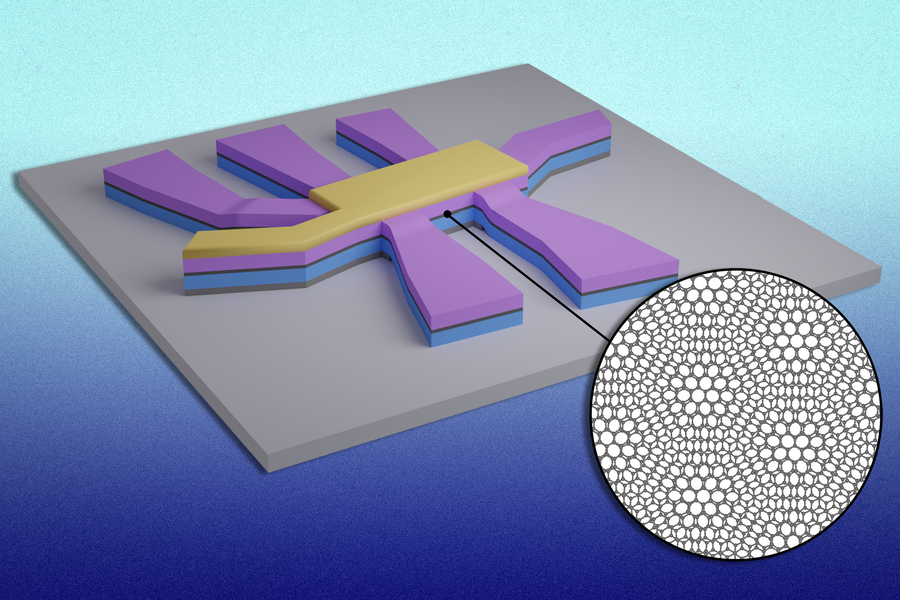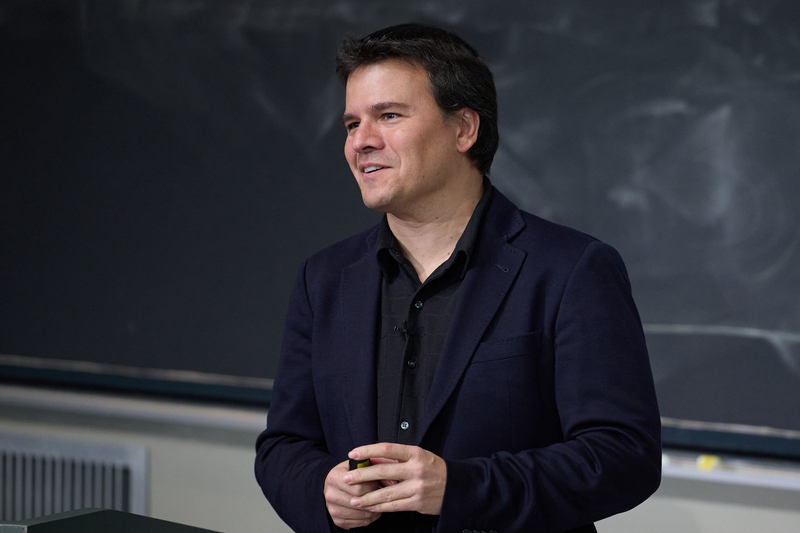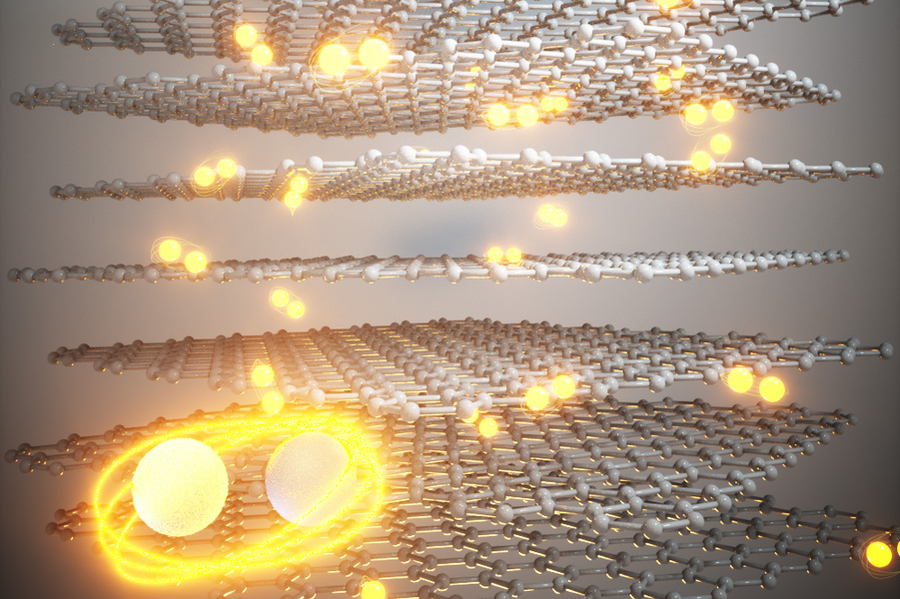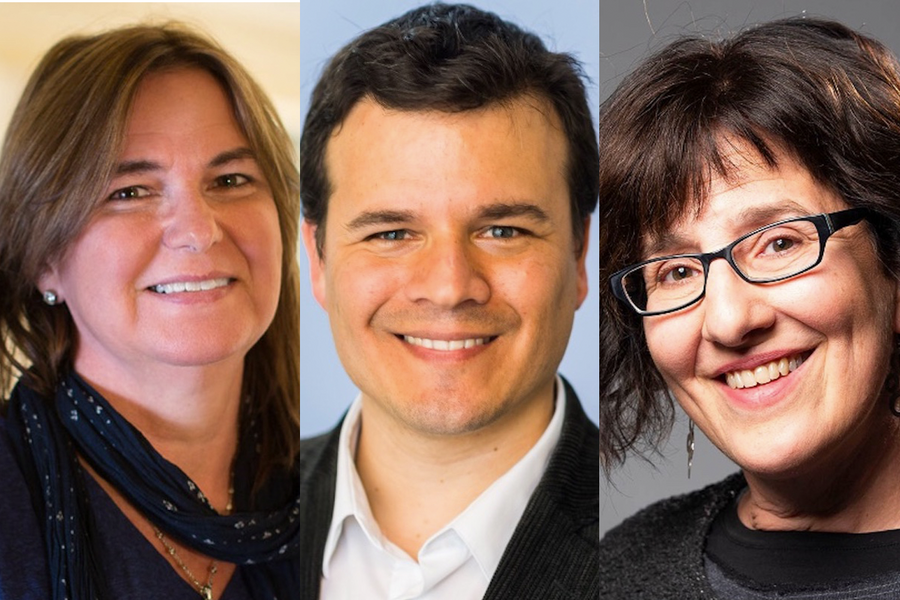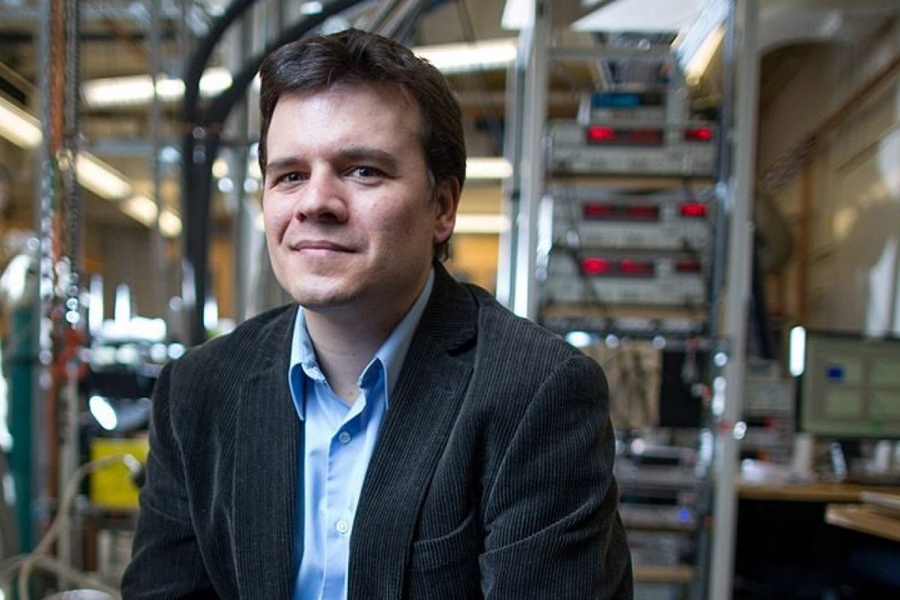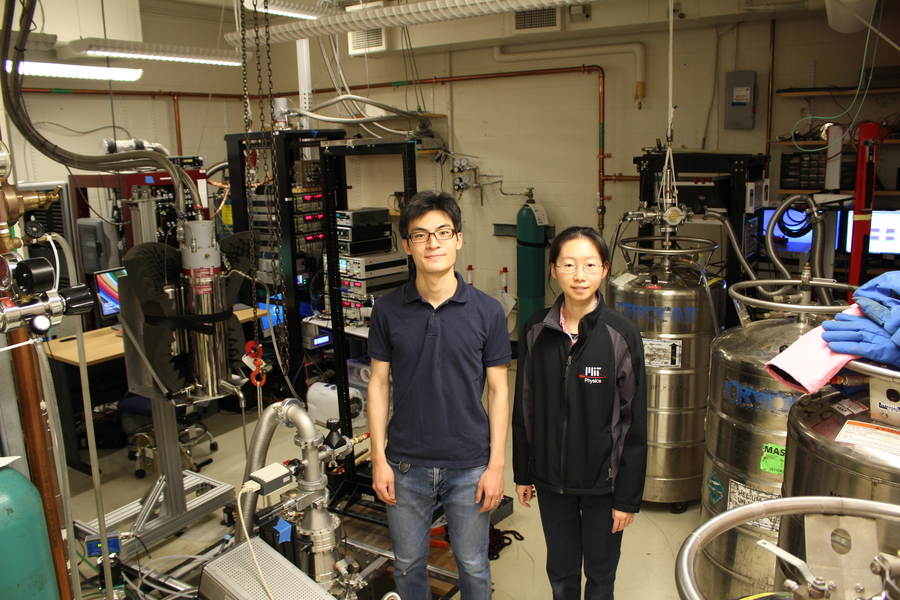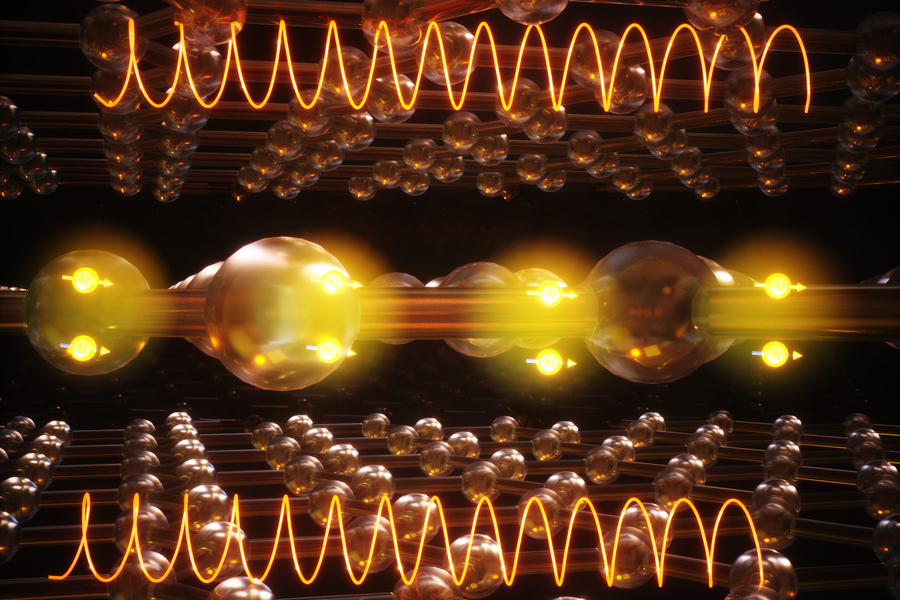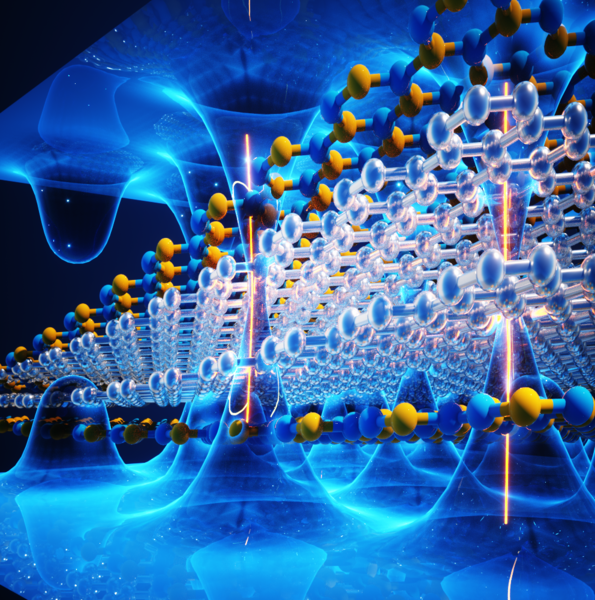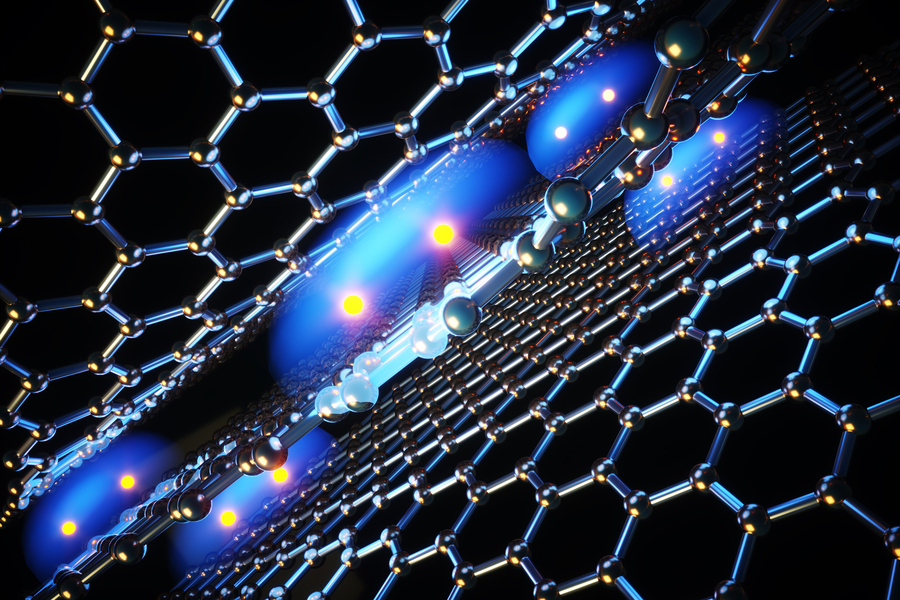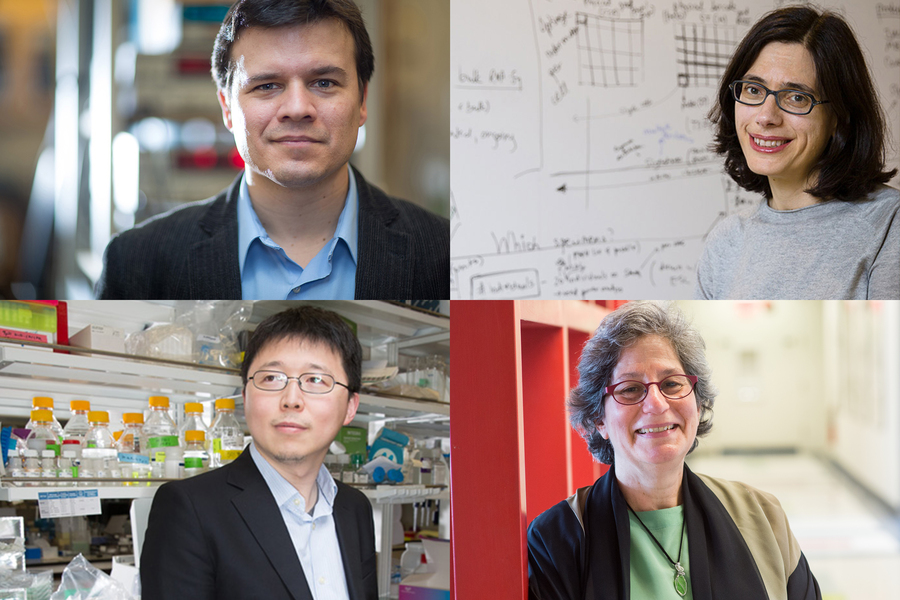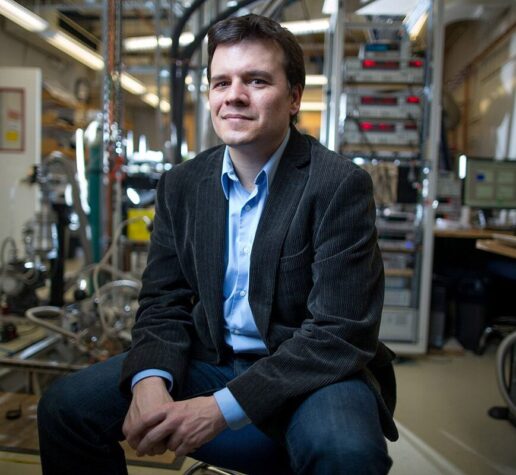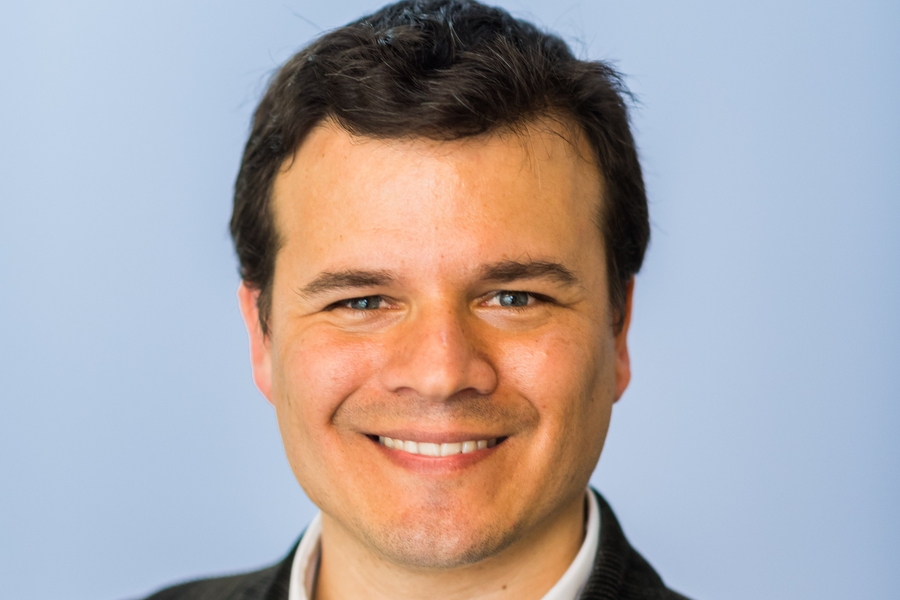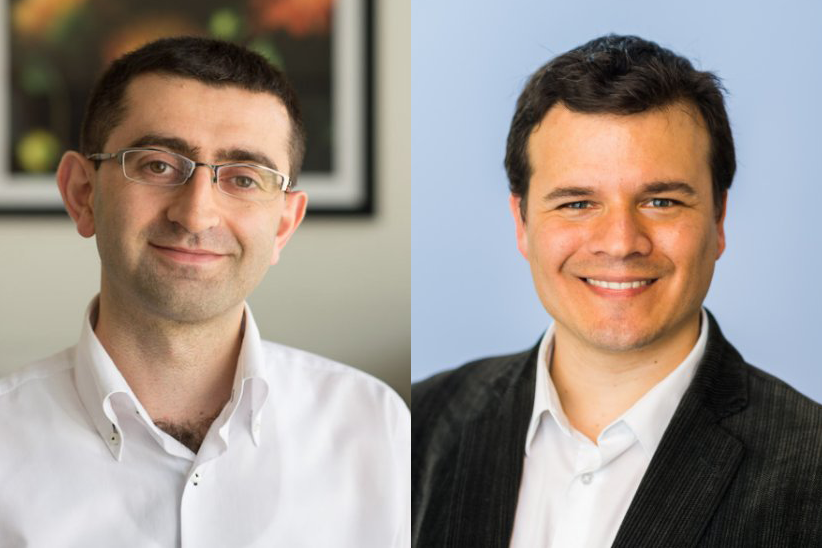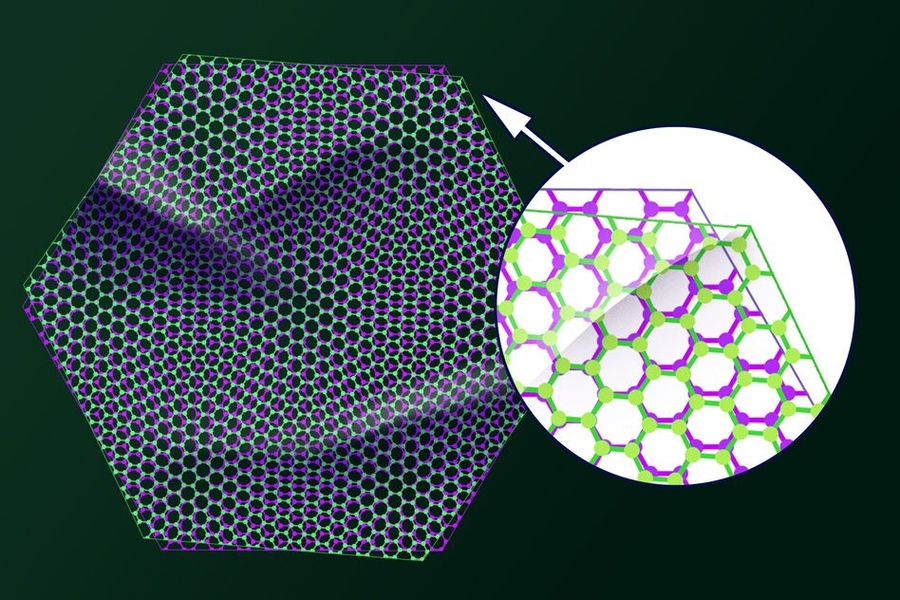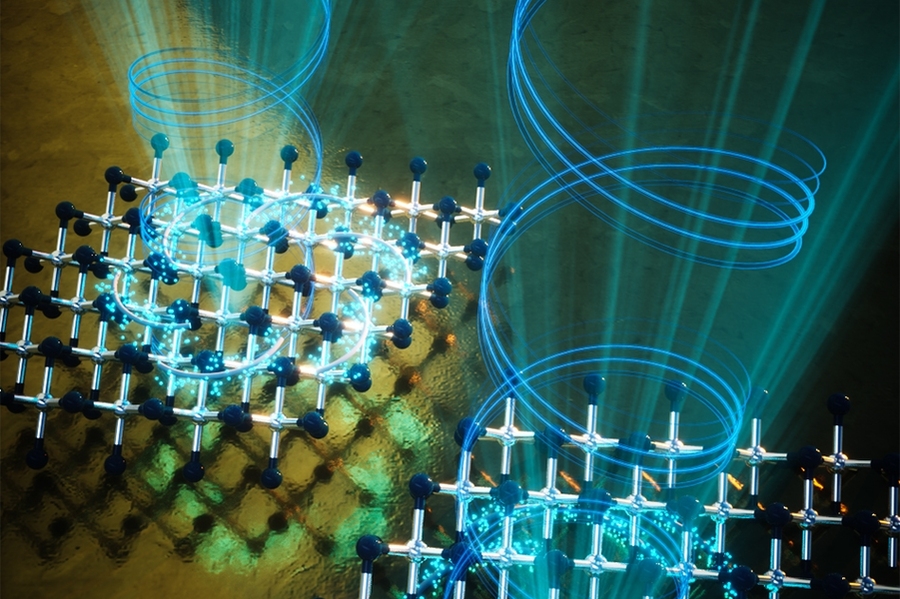News
MIT physicists observe key evidence of unconventional superconductivity in magic-angle graphene
The findings could open a route to new forms of higher-temperature superconductors.
Physicists measure a key aspect of superconductivity in “magic-angle” graphene
By determing how readily electron pairs flow through this material, scientists have taken a big step toward understanding its remarkable properties.
Physicists discover — and explain — unexpected magnetism in an atomically thin material
The work introduces a new platform for studying quantum materials.
New transistor’s superlative properties could have broad electronics applications
Ultrathin material whose properties “already meet or exceed industry standards” enables superfast switching, extreme durability.
Physicists coax superconductivity and more from quasicrystals
Flexible platform could produce enigmatic materials, lead to new studies of exotic phenomena.
MIT faculty tackle big ideas in a symposium kicking off Inauguration Day
Ahead of the Institute’s presidential inauguration, panelists describe advances in their research and how these discoveries are being deployed to benefit the public.
Study: Superconductivity switches on and off in “magic-angle” graphene
A quick electric pulse completely flips the material’s electronic properties, opening a route to ultrafast, brain-inspired, superconducting electronics.
Pablo Jarillo-Herrero delivers 2022 Dresselhaus Lecture on the magic of moiré quantum matter
The MIT professor discussed a new nanoengineered platform to investigate strongly correlated and topological physics
Physicists discover a “family” of robust, superconducting graphene structures
The findings could inform the design of practical superconducting devices.
Three from MIT elected to the National Academy of Sciences for 2022
Faculty members Angela Belcher, Pablo Jarillo-Herrero, and Ronitt Rubinfeld elected by peers for outstanding contributions to research.
Tiny materials lead to a big advance in quantum computing
Using ultrathin materials to reduce the size of superconducting qubits may pave the way for personal-sized quantum devices.
Pablo Jarillo-Herrero receives Max Planck-Humboldt Research Award
The Max Planck Society and Alexander von Humboldt Foundation honor the MIT physicist’s work on two-dimensional quantum materials.
Physicists engineer ferroelectricity in boron nitride
New property in an ultrathin cousin of graphene could allow for much denser computer memory.
“Magic-angle” trilayer graphene may be a rare, magnet-proof superconductor
New findings might help inform the design of more powerful MRI machines or robust quantum computers.
MIT turns “magic” material into versatile electronic devices
Work on three graphene-based devices may yield new insights into superconductivity.
Physicists discover important new property for graphene
Unconventional form of ferroelectricity could impact next-generation computing.
Physicists create tunable superconductivity in twisted graphene “nanosandwich”
Structure may reveal conditions needed for high-temperature superconductivity.
Four MIT scientists honored with 2021 National Academy of Sciences awards
Pablo Jarillo-Herrero, Aviv Regev, Susan Solomon, and Feng Zhang are the recipients of distinguished awards for major contributions to science.
Pablo Jarillo-Herrero receives the Lise Meitner Distinguished Lecture and Medal
Physicist is recognized for his groundbreaking research on twistronics.
Pablo Jarillo-Herrero wins 2020 Spanish Royal Physics Society Medal
Physicist is honored with the RSEF’s highest scientific honor for his work on twistronics.
Nuh Gedik and Pablo Jarillo-Herrero are 2020 Moore Experimental Investigators in Quantum Materials
Funding will support using light to study quantum materials and on twistronics research to advance superconductivity and quantum technologies.
Researchers map tiny twists in “magic-angle” graphene
Results could help designers engineer high-temperature superconductors and quantum computing devices.
Using light to put a twist on electrons
Method with polarized light can create and measure nonsymmetrical states in a layered material.

